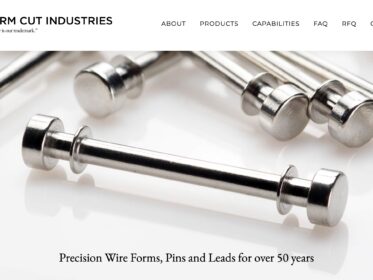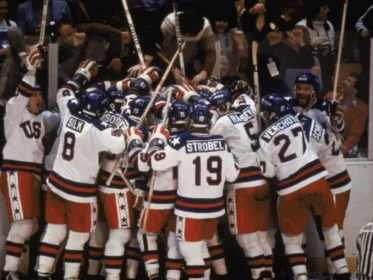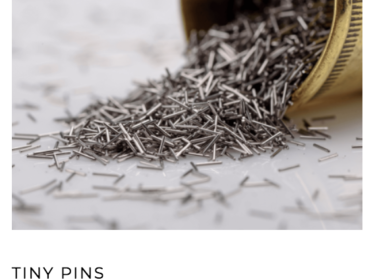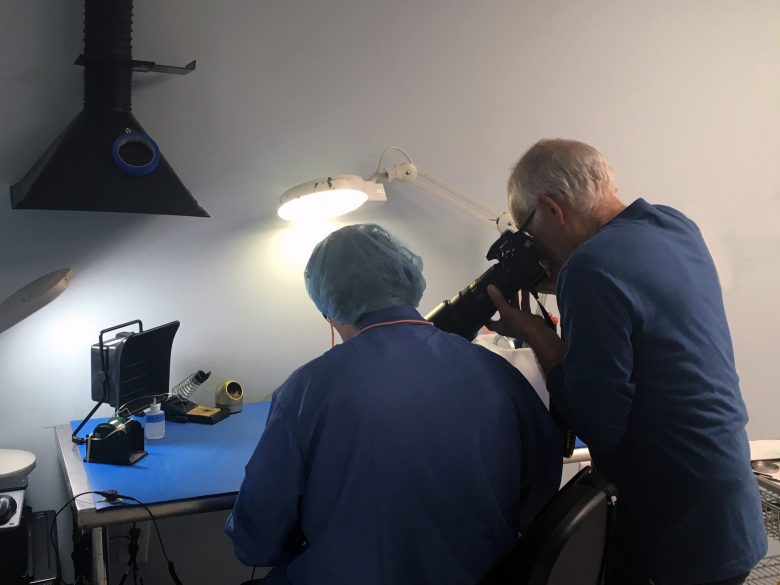
“Businesses underestimate how visually literate people are,” says Al Ferreira, of Al Ferreira Photography. “Your customers may know nothing about the elements of good photography, but they instinctively know when they see a low-quality image.”
An industrial photographer with decades of experience, Ferreira has photographed hundreds of manufacturing and industrial environments, along with the people in them.
In this exclusive interview, he talks about what makes industrial photography different from consumer-based imagery, and how great photos tell a manufacturer’s story when they’re set up properly.
Huff Industrial Marketing: What makes industrial photography different from other sorts of indoor photography?
Al Ferreira: Industrial photography is different because it’s part of your marketing mix. You’re telling a story through images rather than words.
Industrial photography answers the question, “What messages are we communicating – to customers, to employees, to our stakeholders? – and how do we make them visually interesting?”
HIM: What kinds of questions do you ask of industrial clients when they first contact you?
AF: I ask what they’re looking for – facility, people, or product shots. Indoor or outdoor? I also ask what messages do they want to communicate. The challenge I see regularly is that companies want new images but these images aren’t tied to a messaging strategy.
HIM: So you’re saying photography has to have its own marketing strategy.
AF: Absolutely. You can’t just take a photo of a product. The image has to communicate a story; it has to tie back to your messaging.
Some companies want photos of new machines. They want to brag a little bit. This is fine, but why do you want your audience to know about the new machine?
What does the machine do that helps you make a better product? How can we make the photo more visually appealing? Is it possible to put people at work into the shot?
HIM: When hiring an industrial photographer, which questions would you ask to determine whether they have sufficient skills and experience?
AF: Photographing industrial environments is challenging: you have work happening while you’re shooting, you have to deal with poor lighting and tight spaces.
Machines can also be difficult to light properly. So first off, you want to be sure the photographer is familiar with industrial environments.
Some industrial environments aren’t that photogenic, depending on what’s being manufactured. In other words, they’re not glamorous. In these cases, the photographer has to know how to selectively accentuate the positive. For example, I may go higher on a shot and shoot down because I don’t like what’s on the wall behind.
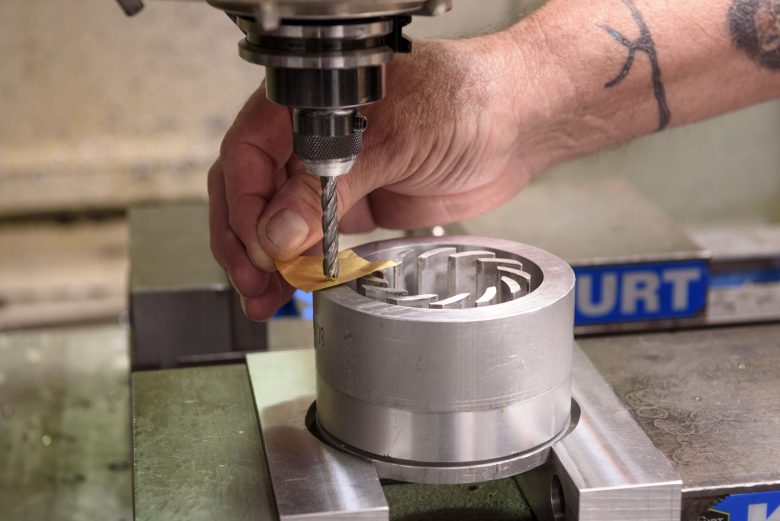
HIM: What should manufacturers keep in mind with working with an industrial photographer?
AF: First, they should create a shot list – or a list of the photos they want taken during the shoot. Depending on how you’re using the photos, for example, on your website, the shot list should include the reason for each photo, the message to be communicated, and who will be in the photo.
If people are to be included in the photos, make sure they wear proper attire, such as shirts with the company logo, or at least clean jeans, shirts, etc.
The areas to be photographed should also be cleaned up: remove trash cans, clutter, tools, etc. Sweep the floor and clean the machines in order to present a good impression visually.
For many industrial clients, job safety is very important. Therefore, make sure safety standards are met in the photographs (safety glasses, gloves, ear plugs, etc.).
Also, consider signage and other safety features that hang on walls, such as eye wash stations, fire extinguishers, etc. Missing components or spattered, hard-to-read signage in the background send the wrong message.
We’ve had clients reject images because the required safety issues weren’t met.
If photographing people in offices, be sure to discuss the dress code before-hand. We recommend avoiding loud prints as they’re distractive.
If your company is more casual, be sure people know what not to wear. Again, it’s all about the image you want to present.
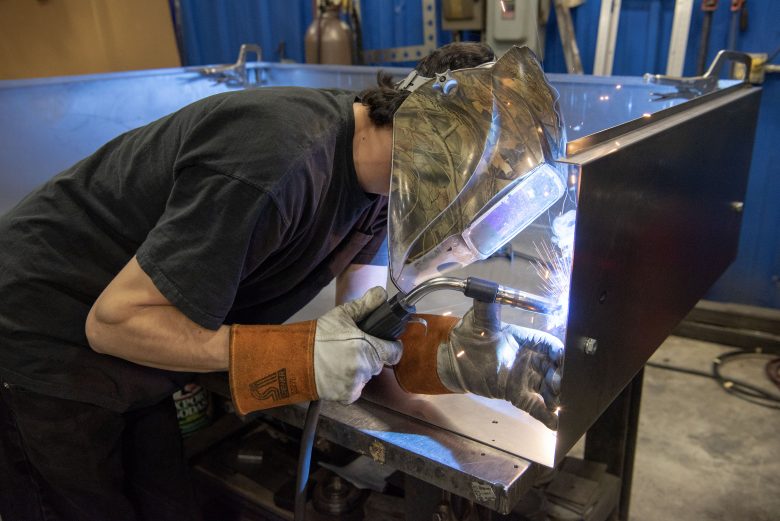
HIM: In these days of Apple advertising that anyone can take a great photo with their phone, why should manufacturers invest in professional photography?
AF: People are incredibly visually literate. They watch TV at night. They still read magazines and newspapers. They’re on social media. They know what great photography is – and they know when they see a bad image, even if they’re not able to fully communicate why it’s bad.
We had a national brand client we did a lot of work with; the company went through some rough times and had to make cost-cutting changes.
One of the areas where they cut costs was on the website photography. They went from using professional photos to doing photos themselves. The problem was, their products were very difficult to shoot properly. When I talked with our contact at the company, he said, “We know our photos aren’t that good, but they’re fine for now.”
What he didn’t understand is that the poor quality of the photos sent the wrong messages: “We’re not successful. We can’t deliver highest quality products. We don’t take pride in our company, its products or its people.”
The problem with sending messages like this, even unintentionally, is that prospective buyers move on to find the successful company that can deliver on its promises.
Al Ferreira, and his wife Joanne, run Al Ferreira Photography based in Hartford, CT. Al travels to facilities across the U.S. and also does product photography at his studio. To view his work, visit: afpltd.com
Filed under: Behind the Scenes


